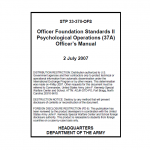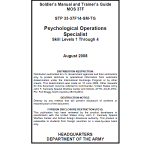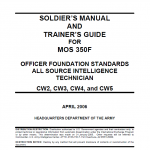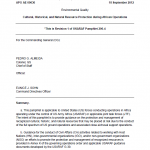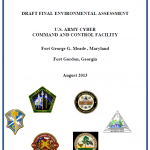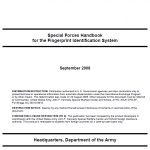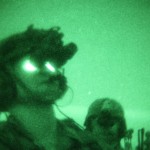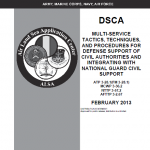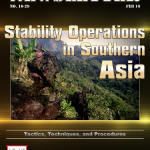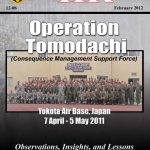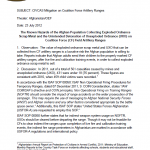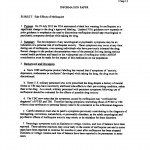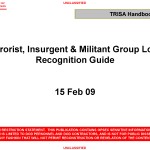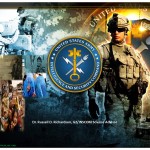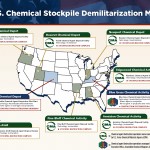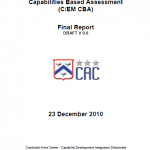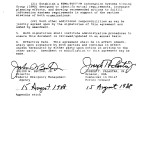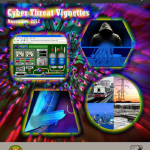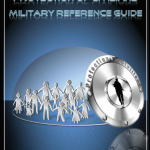
It is to be expected that nations will continue to require assistance from other states and organizations in order to recover from natural disasters, conflict, or chronic societal problems. Such assistance ends as the host nation (HN) transitions back from a period of crisis to self-sufficiency and other actors transition out of their assumed roles and responsibilities. As the HN transitions back from a period of crisis to self-sufficiency, it will be faced with issues involving sovereignty, legitimacy, dependency, and social reform. Managing transitions at all levels requires close cooperation between the HN, other governments, militaries, and civil society. Although many of the lessons and best practices used in this guide are derived from Operation Iraqi Freedom and Operation New Dawn, the intent is to provide a guide that is flexible enough to be used for transition planning of a military campaign or crisis of any size or scope.


